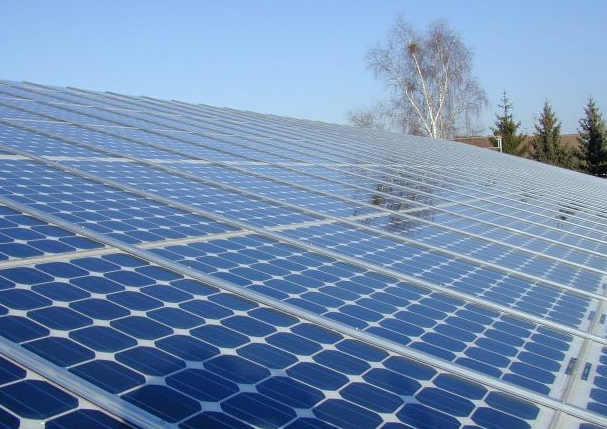Code Green Solutions


“I cannot tell you how exciting it is to be at another landfill.” An EPA Administrator used this eye-catching expression when describing an innovative new multi-agency government collaboration to lower their costs to obtain solar power by 15% to 47%.
The biggest solar project in this combined portfolio of 31 megawatt (MW) to be installed at 186 government locations in the San Francisco Bay area is a landfill solar project at almost 7 MW. Having myself co-led $50 million of investments in solar landfill projects, two of the biggest solar projects in Massachusetts, the 4th best solar state in the U.S., this “liability to asset” play here rings a chord indeed.
It’s not about landfills. It’s about more affordable solar electricity.
The real game-changing nature of this headline is not about developing clean energy projects on blighted property instead of, say, prime farmland or valuable urban real estate. (However, that strategy does hold great potential and appeals to a wide variety of stakeholders.)
Instead, this story is an example of the catalytic impact of using group purchasing power to reduce the costs of solar power, and therefore make solar more affordable and accessible to hundreds of thousands more organizations and individuals. Similar potential exists in the burgeoning “community solar” market, where homeowners or businesses can buy portions of a large solar project located off-site.
At our research and advisory firm g-bit.com, we help organizations ask themselves these related questions:
Understanding and financing solar power is a hurdle, but an increasingly easy one to get over. Aggregating demand in order to lower cost is one way to do it. Helen Keller said it best, “Alone we can do so little; together we can do so much.” Who can you team up with this month to increase your buying power and get solar installed this year?